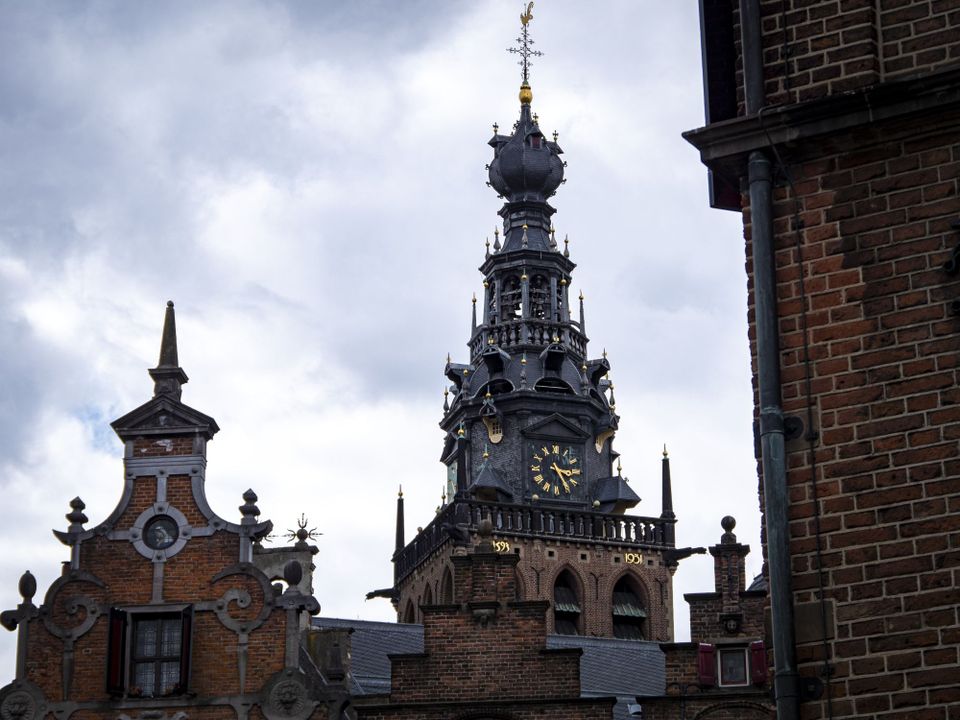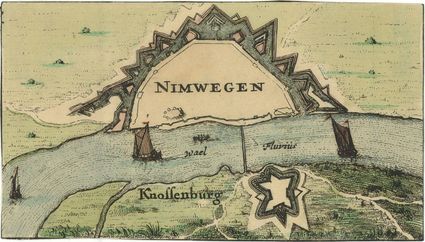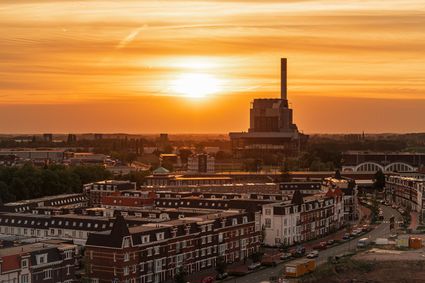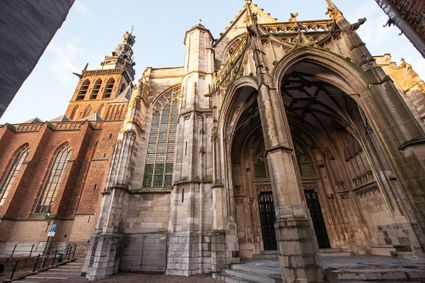Building the Stevenskerk
Nijmegen is bursting at the seams with historical stories, ranging from leading figures to ordinary people, from neighbourhoods to political events. The Canon of Nijmegen encompasses the most important stories about Nijmegen’s history. One of these stories tells the tale of the Stevenskerk.
The parish church of Nijmegen used to stand close to the Valkhof fortress. When the city walls were constructed in the second half of the thirteenth century, the parish church had to make way. The Count of Gelre and the town council decided to build a new church: the Stevenskerk on the Hundisburg.
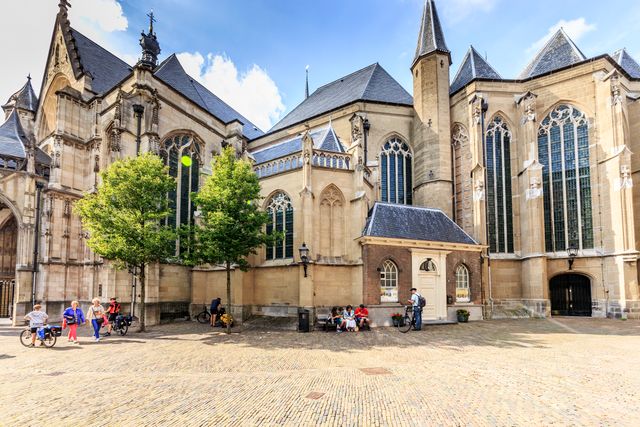
1273 – 1560: Building the Stevenskerk
On September 7th, 1273, the new Stevenskerk was officially consecrated by Bishop Albertus Magnus on behalf of the Archbishop of Cologne, whose ecclesiastical authority Nijmegen fell under during the Middle Ages. The original Stevenskerk was a lot smaller than the current church, and additional buildings were added in various phases. Between 1420 and 1456, a new choir with ambulatory as well as apsidal chapels were built under the direction of the famous Rhineland architect Gisbert Schairt van Bommel. Around 1560, the church reached its present size. The St. Gertrudis Chapel was built on the site of the old church at the Valkhof in 1459, which was subsequently demolished in 1579, but remains of its walls are still visible.
From 1214 onwards: Monasteries and convents in Nijmegen
Apart from the parish church, Medieval Nijmegen was also host to a large number of monasteries. The oldest of these was the Commandery of St. John, which has been mentioned in various sources as early as 1214. This monastery also functioned as a guesthouse to take care of the sick and foreigners. Another important monastery was that of the Dominican Fathers, also called the Friars’ monastery. Located in the Broerstraat since 1293, they remained there until 1950. The Dominicans led a sober existence and supported themselves through begging, preaching, and pastoral care.
Nijmegen didn’t just have convents for men; from 1228 onwards, a nunnery was located on the Nonnenstraat. Additionally, the city was home to several beguinages, the oldest of which was located in the Begijnenstraat. Pious women lived together in these houses without following any convent rules. Because of increased pressure from the church and worldly authorities, most beguinages eventually adopted a monastic rule, like the convent on the Hessenberg.
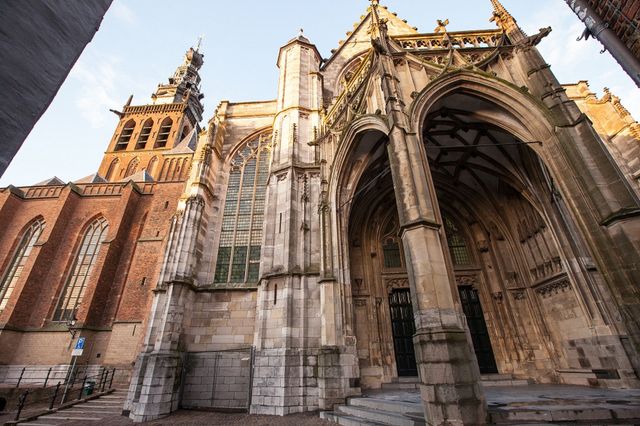 From 1455 onwards: Competition with the church
From 1455 onwards: Competition with the church
Pastors weren’t happy about the arrival of monasteries, as they were infamous competitors for the church. As were the Franciscans, who settled near the city in 1455. Devotio Moderna, a spiritual renewal movement within the Catholic Church, also had followers in Nijmegen. These Brothers of the Common Life, as followers of the movement called themselves, moved into a house on the Lage Markt around 1470. In 1475, they moved to the Bottelstraat, where they bought a number of adjoining houses. The brothers earned their income by housing students as well as copying and illustrating books.
Immerse yourself in the rich history of the oldest city in the Netherlands, because Nijmegen has a lot of stories to tell you. Curious? You can read all about it in this historical timeline.
